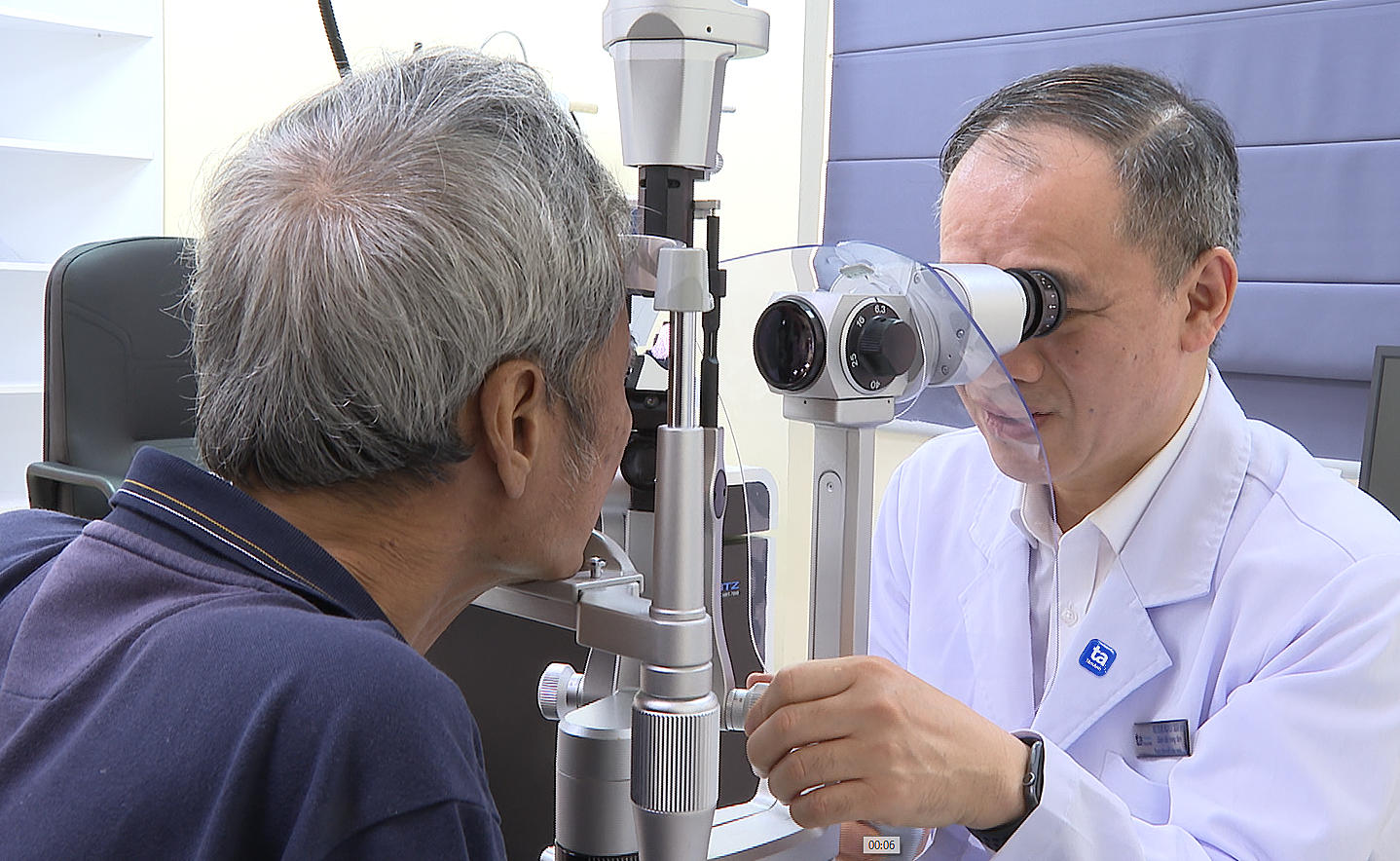Farsightedness, also known as hyperopia, is a refractive error that occurs when the image of a distant object focuses behind the retina. Associate Professor, Doctor Nguyen Thi Thu Hien from the High-Tech Eye Center at Tam Anh General Hospital, explains that this condition can be congenital or develop over time. Farsightedness often goes unnoticed for years. In children and young adults, the eye's strong focusing ability can compensate for mild farsightedness, delaying detection. However, after the age of 30-40, this ability diminishes, leading to eye strain and blurry near vision. Presbyopia, on the other hand, is a natural aging process of the eye, typically appearing after 40. The eye's lens loses its flexibility, reducing its ability to adjust focus for near vision.
Both conditions make it difficult to see clearly up close, leading to confusion between the two. However, severe farsightedness can cause blurry vision at all distances, while presbyopia only affects near vision. People with farsightedness who reach their 40s will also experience presbyopia, further compounding near-vision difficulties.
The constant focusing required by farsighted eyes often leads to eye strain, headaches, and difficulty concentrating while reading. This can affect academic performance in children and work productivity in young adults. With presbyopia, older adults tend to hold reading materials farther away to see clearly and struggle with small print.
 |
A doctor examines the eyes of an elderly patient. Photo: Tam Anh Hospital |
A doctor examines the eyes of an elderly patient. Photo: Tam Anh Hospital
Associate Professor Hien warns that moderate to severe farsightedness in children, if left untreated, can lead to inward turning of the eyes (esotropia) and blurred vision in one or both eyes. The brain may then ignore signals from the weaker eye, favoring the stronger one, and potentially causing amblyopia (lazy eye). Uncorrected farsightedness can also lead to strabismus (crossed eyes). Presbyopia, typically emerging after 40, can accompany other age-related eye conditions like cataracts, macular degeneration, and vitreous floaters.
Neither farsightedness nor presbyopia can be prevented, as they are natural processes. However, vision correction is possible through the use of eyeglasses. People with farsightedness need convex lenses to focus images correctly on the retina. Contact lenses or refractive surgery are also options if suitable. If farsighted individuals over 40 develop presbyopia, they may need bifocals or progressive lenses to correct both near and far vision.
Some individuals with presbyopia may consider lens replacement surgery to improve their vision. Those with farsightedness may also opt for refractive surgery if they meet the necessary criteria.
Khue Lam












